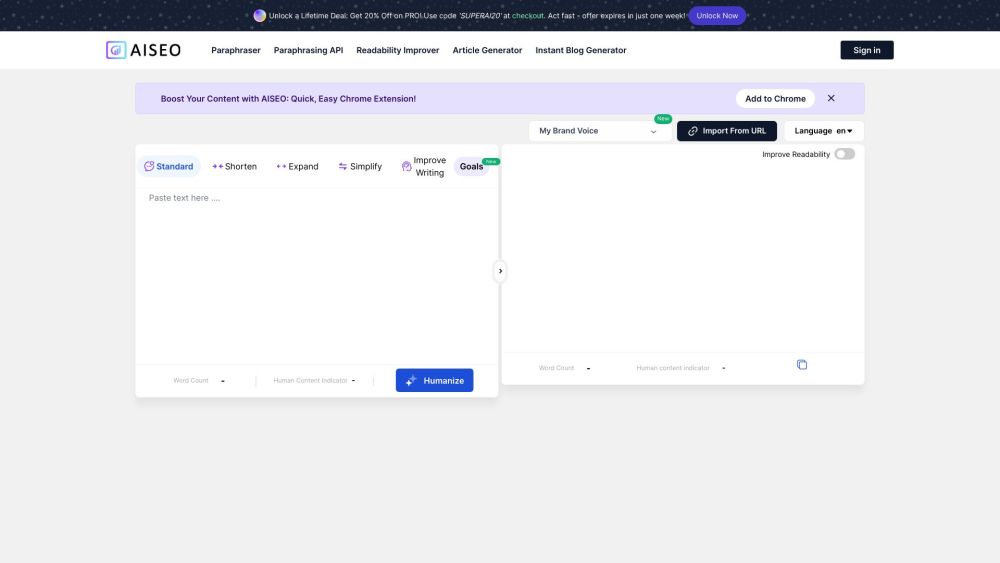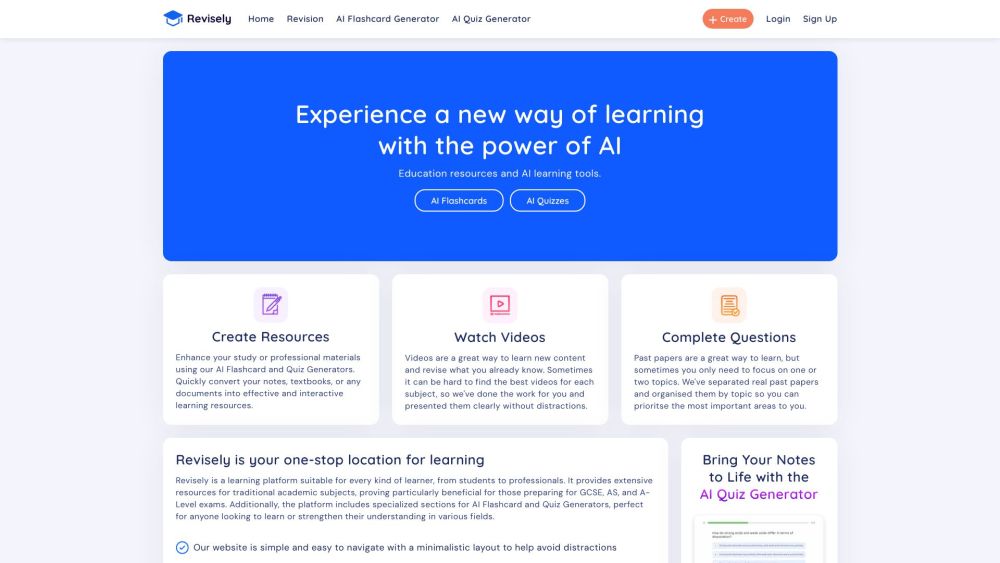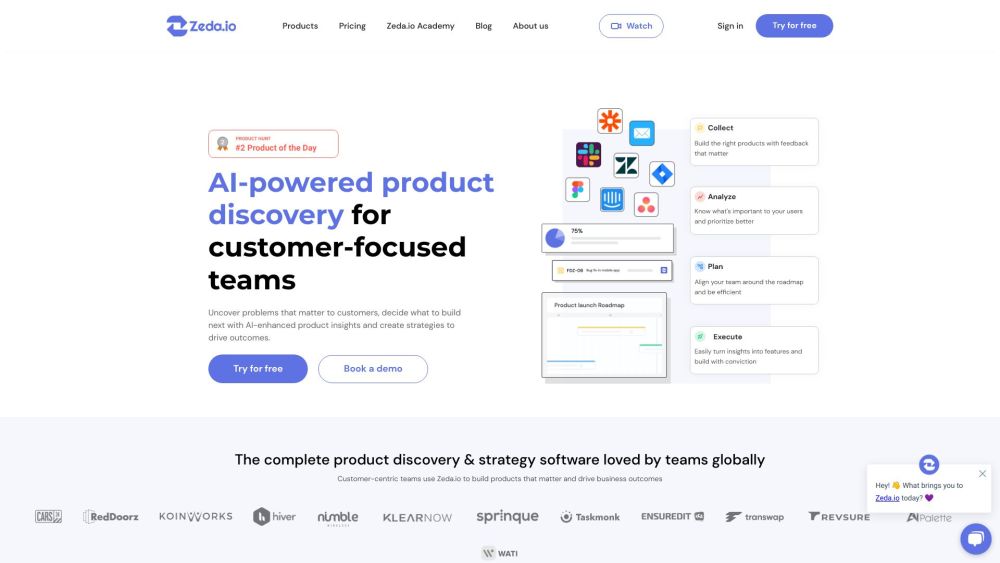NASA and IBM Collaborate to Develop Advanced AI Model for Weather Prediction
Most people like

Elevate AI-generated content by infusing it with a human touch, ensuring improved quality and authentic engagement.

Unlock the potential of AI-driven educational tools designed for both students and professionals. Discover how these innovative resources can enhance learning experiences and streamline skill development, making education more accessible and effective than ever before.

Introducing the ultimate super app for product teams! Effortlessly plan, build, and iterate your products to enhance efficiency and drive success. Optimize your workflow and collaborate seamlessly with our innovative tools designed specifically for product development.

SnapEdit.App, a free online photo editing tool that harnesses the power of AI to effortlessly remove unwanted objects and people from your images, while also enhancing their overall quality. Experience the future of photo editing with SnapEdit's intuitive features designed to elevate your photography.
Find AI tools in YBX



